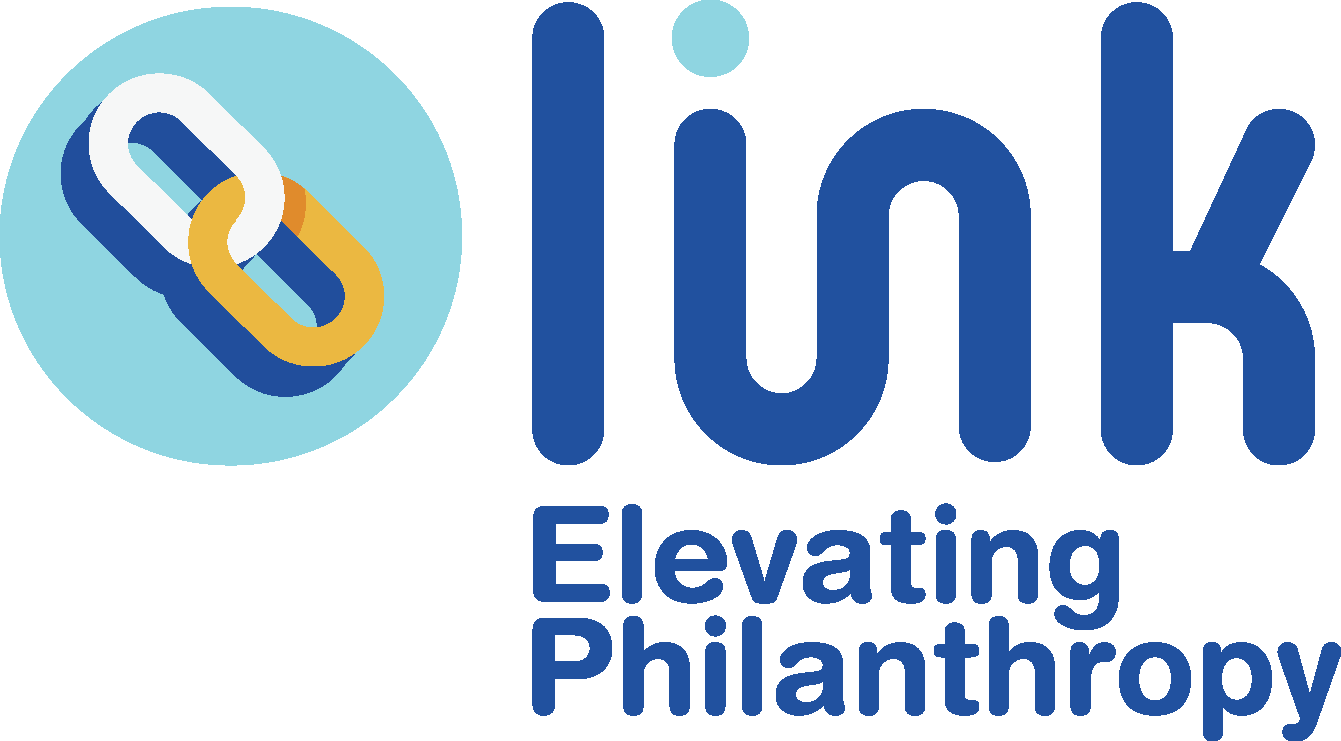3 Differences Between Legacy and Annual Gifts
We know that a financially strong organization should capture both annual gifts and legacy gifts (or, planned gifts).
They both contribute to the stability of the organization in different ways and provide opportunities for donors to give in different ways.
The following are 3 keys differences to remember when speaking with a donor about these types of gifts, and the motivation or structure around them.
Let’s dig in!
1. Emotional Gifts vs. Transactional Gifts
What does that mean? Certainly, donors feel a connection to an organization to compel them to send any type of gift.
Yet, the legacy gift goes one step (or more) further. These are donor-centric, valued-based gifts. It is only when a donor feels so connected with the organization at a certain level, and something that prompts them or affects their lives of their family in some way, will they do a legacy gift.
It is the act of them wanting to make an impact on the future as aligned with their values.
On the other hand, annual gifts are usually prompted from something immediate – an event they want to attend, a direct mail letter they receive or someone asking them for a gift now to support ongoing programs.
There certainly is charitable intent but the intent is fulfilled immediately through usually a gift via cash, check or stock transfer.
Both types of gifts are important and necessary to sustain the organization’s mission for now and later. Many donors will want to support the organization both ways; however, only those with philanthropic intent closely aligned with their values will go the step further to make sure the organization is around far into the future by creating a legacy gift.
For example, a donor, Susan, makes an annual donation to a local community center because it serves an important need for her community. She makes a legacy gift to the local hospital that delivered stellar care to her elderly mother.
2. Future Gift vs. Immediate Gift
As explained above, an annual gift satisfies the donor’s desire to support an immediate, or current, need. These gifts are donated in the form of cash, credit card, checks, or securities.
The legacy gift supports the values of the donor, and may involve family members, a variety of assets, and more complex planning.
They tend to be future gifts that will support the long-term needs of the organization and the intent of the donor.
Even if the gift is made immediately, such as a current endowment gift, the underlying intent of the gift is to support the organization long-term (such as in the case of an endowment, which will provide a payout to the organization in perpetuity).
For example, donor Joe gives the local community center a donation of $20/ year through its direct mail campaign. He is on a limited income and its all he can afford.
He attends the community center several times a week and is grateful for its services and the friends he has made there. Joe has also created a legacy gift in his will from the sale of his home to support the future of the community center after he is gone.
3. Ultimate gift vs. Continual Gift
A legacy gift is the donors’ ultimate gift – an expression of how they are connected and engaged with the organization.
It is usually the largest gift that they will make to an organization and requires the most planning.
These gifts may involve family, financial advisors, lawyers, insurance brokers, etc. Most donors make one legacy gift – their ultimate gift – although sometimes there may be multiple legacy gifts.
Not as much planning goes into giving an annual gift. Lots of times we support our friends’ passions without a second thought. We can give this way through writing out a check, giving our credit card or a cash gift. However, these gifts, as a category, must be replenished each year by the organization in order for it to continue its operations.
For example, Mary is both an annual and legacy gift donor to her local community center. Every year the center sends out a direct mail piece asking Mary to make a donation to the center.
Mary loves the yoga program she always give a $50 donation to the appeal. In order to receive that annual gift from Mary, the organization continually, year after year, asks her to donate. In addition, Mary created a $10,000 legacy gift through her estate planning to support the yoga program in the future.
The organization needs to continue to ask for the annual gift to support its ongoing program, and a legacy gift – usually one, and not received until the future – can be more substantial and better aligns with the donors’ values.
To recap:
Legacy gifts are emotional gifts;
Legacy gifts are future gifts, and
Legacy gifts are ultimate (one-time and large) gifts
Shouldn't you be asking your donors for both?
Make sure to review your programs to see how you are speaking with your donors to optimize both types of giving to your organization. A legacy ask is a different ask than an annual gift and to be successful you need to tap into those differences.


